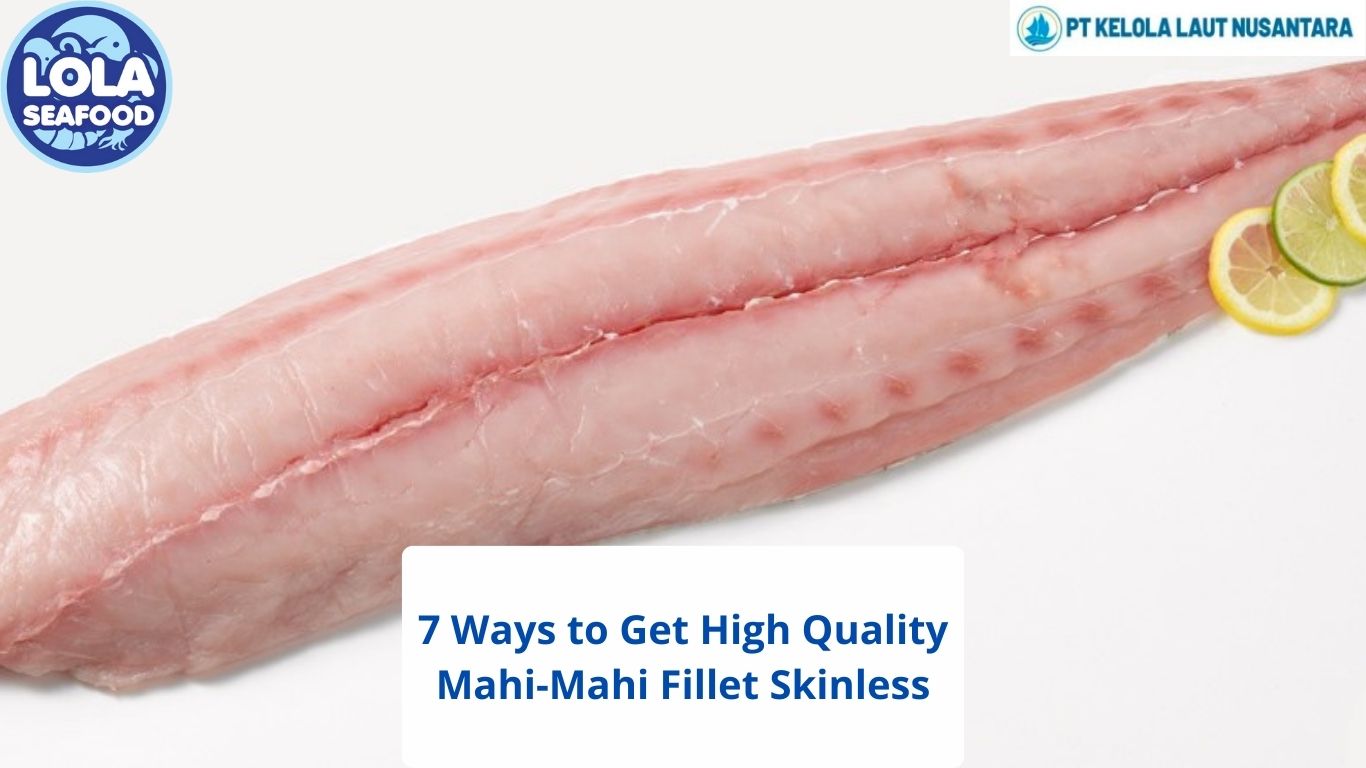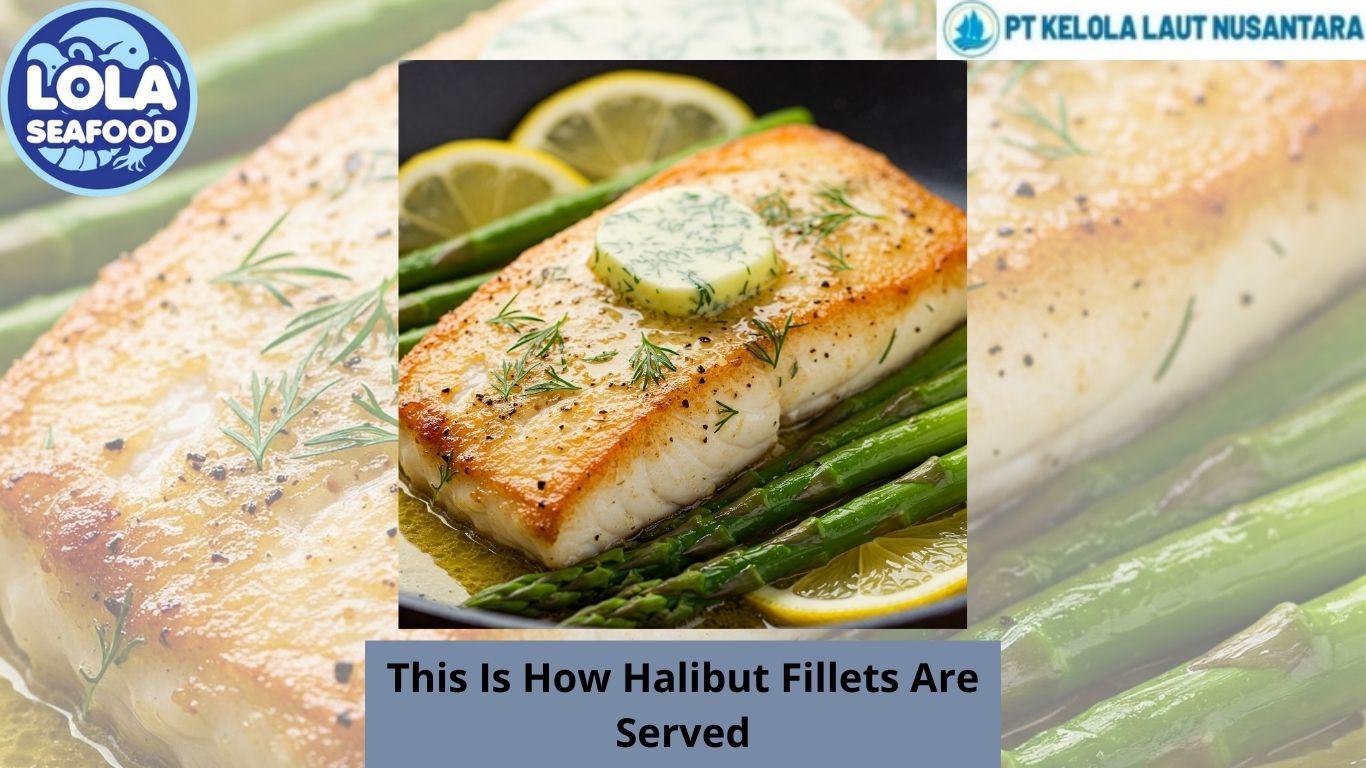7 Ways to Get High Quality Mahi-Mahi Fillet Skinless
By. Kusni - 04 Feb 2025
Kelolalaut.com Mahi-mahi, also known as dolphinfish or dorado, is a popular choice among seafood enthusiasts for its mild flavour, firm texture, and vibrant colour. Whether you’re grilling, pan-searing, or baking, the quality of your mahi-mahi fillet plays a crucial role in the taste and texture of your dish. To ensure you get the best, here are seven ways to obtain high-quality, skinless mahi-mahi fillets.
1. Buy from Reputable Seafood Markets
One of the most reliable ways to get premium mahi-mahi fillets is to purchase from reputable seafood markets or specialty fishmongers. These establishments often have direct relationships with trusted suppliers and fishermen, ensuring the freshest catch. Look for markets that have high turnover, as this typically means their fish is fresh and well-handled.
2. Check for Freshness Indicators
When selecting mahi-mahi, examine the fillet’s colour and texture. High-quality mahi-mahi should have a bright pinkish or light beige hue with firm, translucent flesh. Avoid fillets that appear dull, grayfish, or have any signs of browning. Additionally, fresh mahi-mahi should have a mild, ocean-like scent. A strong fishy odour is a clear sign of aging or improper storage.
3. Opt for Wild-Caught Over Farmed
Wild-caught mahi-mahi generally offers better flavour and texture compared to farmed varieties. They are typically leaner and have a more natural diet, contributing to a richer taste. Look for labels indicating “wild-caught” and ensure the fish is sourced sustainably to support responsible fishing practices.
4. Purchase Frozen Fillets from Trusted Brands
If fresh mahi-mahi isn’t available, high-quality frozen fillets are a great alternative. Look for brands known for flash-freezing their fish shortly after catch, which preserves freshness and flavour. Ensure the packaging is intact without signs of freezer burn or ice crystals, which can indicate thawing and refreezing.
5. Inspect the Packaging
Whether buying fresh or frozen, always inspect the packaging. For fresh fillets, they should be stored on a thick bed of ice and wrapped tightly to prevent exposure to air. For frozen fillets, vacuum-sealed packaging is ideal as it prevents freezer burn and maintains the fish’s moisture content. Avoid any packages with excessive liquid, as this could indicate thawing.
6. Buy Whole and Fillet Yourself
For those with the skills and time, purchasing a whole mahi-mahi and filleting it yourself ensures maximum freshness. This method allows you to inspect the fish’s eyes (which should be clear and bulging), gills (bright red or pink), and skin (shiny and metallic). Removing the skin during the filleting process gives you control over the quality and thickness of your fillets.
7. Ask Questions and Build Relationships
Don’t hesitate to ask your fishmonger or seafood supplier questions about the fish’s origin, how it was caught, and when it arrived. Building a relationship with your supplier can lead to insider tips on when the freshest shipments come in and may even result in special cuts or deals. Knowledgeable fishmongers can also provide advice on the best ways to prepare and cook your mahi-mahi.
Securing high-quality, skinless mahi-mahi fillets doesn’t have to be a challenge. By purchasing from trusted sources, checking for freshness, opting for wild-caught options, and considering frozen alternatives, you can enjoy this delicious fish at its best. Whether you’re a home cook or a seasoned chef, these tips will help ensure your mahi-mahi dishes are always flavourful and satisfying.
If youre interested in our Mahi-Mahi Fillet Skinless please do not hesitate to contact us through email and/or whatsapp






.jpg)
.jpg)
